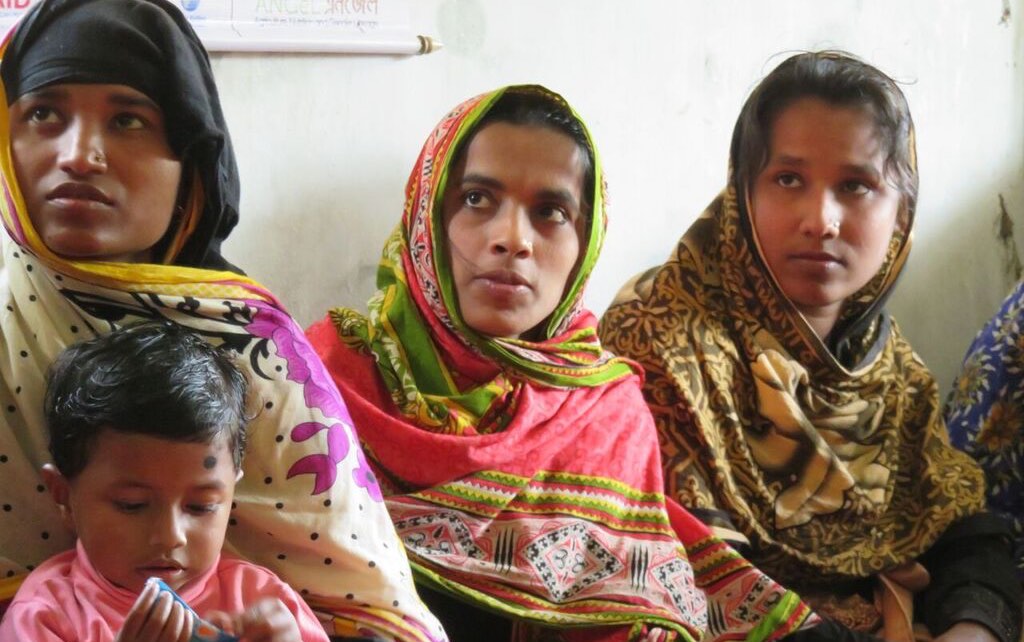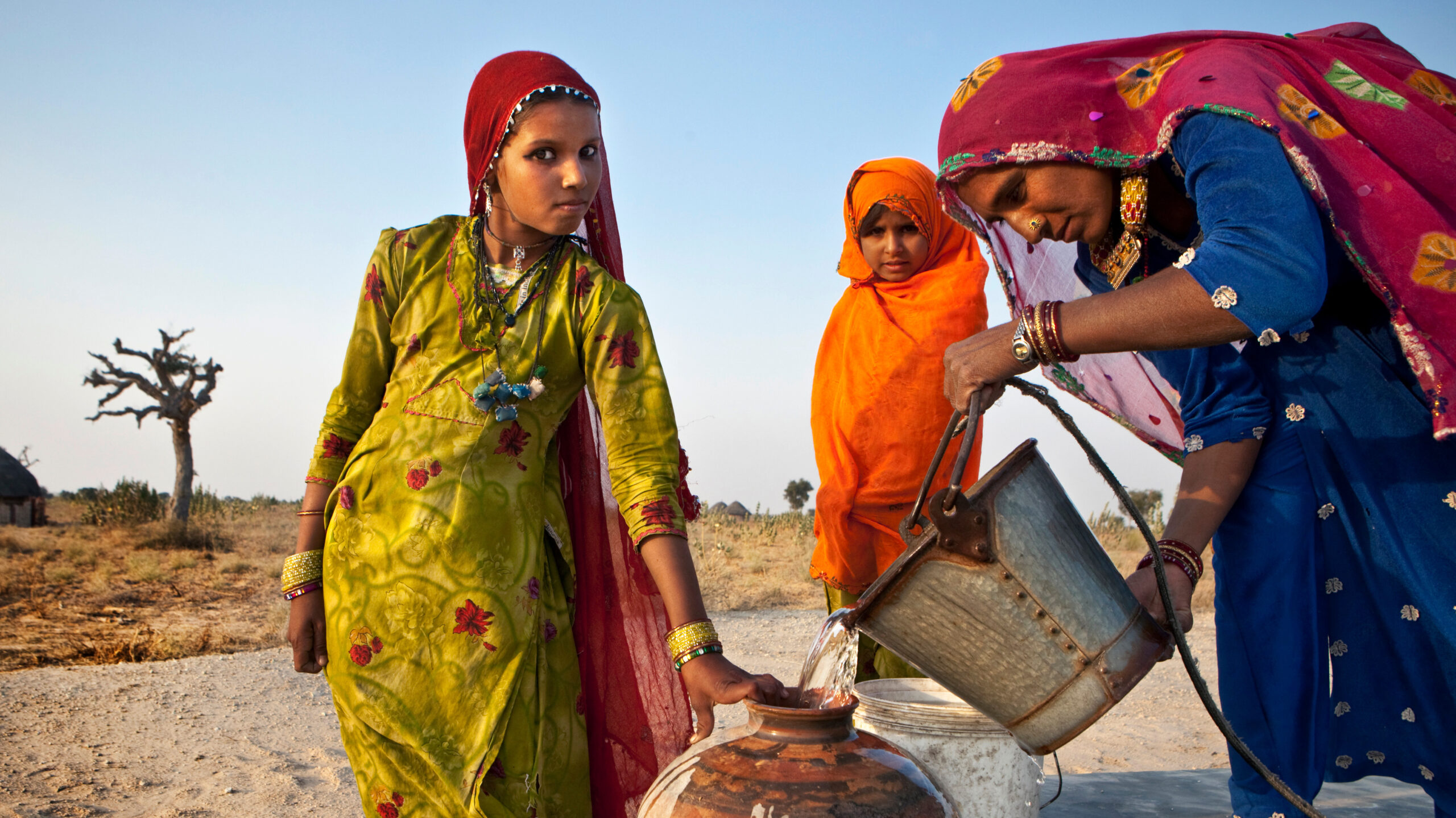A recent article in Inside Philanthropy has a provocative title: “Top Funders and NGOs Think Empowering Women Farmers Can Reduce Hunger. Are They Right?” The article reviews the evidence used by NGOs and donors to justify funding programs on women’s empowerment to achieve other development outcomes, such as increased agricultural productivity or improved nutrition, and finds it unconvincing. The article notes that much of the research cited in support of women’s empowerment consists of associational studies, the evidence on agricultural productivity is mixed, and there are still relatively few studies that definitively establish causal relationships. Nevertheless, it adds, NGO officials, as well as the wider development community, agree that empowering women is important in itself, even if it may not help achieve other outcomes. The article ends by saying that absence of evidence is not evidence of absence and urges NGOs to evaluate their programs rigorously.
Such caution is, indeed, warranted, especially if the programs in question involve development dollars that could be put to better uses. But is the blanket skepticism justified? Let’s examine the arguments.
First, does women’s empowerment really improve development outcomes? The balance of evidence shows a positive correlation between gender equality and economic growth. The key question, then, is whether the correlation captures the effect of gender equality on growth or vice-versa. This is a challenging empirical question because in theory causality can run in both directions. However, the evidence base for the positive impacts of women’s empowerment is growing.
A systematic review of programs that transferred resources to women rather than men found that targeting women can improve children’s well-being, particularly through investments in children’s health and education. The studies included in this review used either a randomized controlled trial (RCT) or applied well-documented quasi-experimental methods to observational survey data to generate a valid control group. Another evidence review of women’s group-based programs and nutrition outcomes in South Asia summarizes 36 studies reporting on 24 nutritional indicators across infant and young child feeding (IYCF) practices, intake/diet, and anthropometry. The findings suggest that women’s group-based programs explicitly triggering behavior change pathways are most successful in improving nutrition outcomes, with strongest evidence for studies on infant and young child feeding (IYCF) practices, which used RCTs.
The evidence for the impact of women’s empowerment programs is strongest in the area of human capital investments—health, nutrition, education—but more needs to be done in areas like agriculture, where there are inherent difficulties in assigning outputs to men and women, because a lot of farming is done jointly. However, a new generation of rigorous impact evaluations, which we will get to in a moment, is starting to shed light on the causal channels through which gender equality fosters development.
The second argument raised in the article is that increasing the resources controlled by women farmers isn’t enough to address other gender-specific barriers to equalizing returns to those resources. The article notes that women do not have sufficient access to labor for farming, and that agricultural extension services and access to information do not necessarily increase female productivity. These statements oversimplify the studies on gender differences in African agriculture.
One key source of gender inequality stems from customary rules that grant disproportionately better property rights over land to men. Two recent impact evaluations from the World Bank Africa’s Gender Innovation Lab highlight the link between reducing this gender gap and boosting agricultural productivity. In Rwanda, a pilot land regularization program that succeeded at increasing the tenure security of women led to very large increases in investment and maintenance of soil conservation measures. This effect was significantly higher for female-headed households. In Benin, a large-scale land formalization program also led to a big shift toward long-term investments for both men and women, with a disproportionally large increase in the probability of fallowing land (a critical investment in land productivity) for female-headed households.
Other sources of gender inequality in agriculture relate to women’s poorer access to agricultural inputs such as fertilizer, labor, information, and finance, as well as access to higher-value markets. Promising evidence on the impact of reducing these gender gaps is emerging. For example, in Mali, providing fertilizer to women rice farmers leads to greater usage of other complementary farm inputs and to a substantial increase in yields. Also in Mali, relaxing liquidity constraints of female farmers leads to increased agricultural investment, output, and net revenue.
Contrary to the Inside Philanthropy article’s assertion, well-designed agricultural extension can help address the gender gap. In Ethiopia, a broad expansion in agricultural extension led to female and male farmers equally adopting more commercial crops and increasing the land area they cultivated as well as the economic participation of the household. In Uganda, an agricultural extension program targeted to women led farmers to shift from subsistence to commercial agriculture, increasing output, profits and household consumption. In Mozambique, a randomized experiment found that placing women in extension positions increased both the knowledge and adoption of sustainable land management techniques. More rigorous studies like these are much needed in order to understand what works to reduce gender inequality in agriculture, and through that increase the yield, incomes, and nutrition of female farmers and their families.
Fortunately, a number of governments and NGOs are trying to design explicitly for women’s empowerment impact. IFPRI recently completed a randomized controlled trial of a pilot project implemented by the Bangladesh Ministry of Agriculture. IFPRI assessed the impact of three training modalities provided over 17 months: Agriculture production trainings to promote cultivation of high-value, nutrient-rich commodities; nutrition behavior change communication training; and gender sensitization trainings to improve the status of women and change gender norms. Training was targeted to both men and women within the household. The RCT compared the effectiveness of five combinations of the three intervention modalities, with five treatment arms and one control arm. No other inputs were provided to participating households besides knowledge from the trainings themselves.
Preliminary results show that the intervention increased agricultural knowledge of both men and women, with women scoring higher on knowledge outcomes than men, and increased crop diversity in homestead gardens. Improvements in nutrition knowledge were far greater for women and men when trainings were combined, and household diet quality and child dietary diversity increased. Women’s empowerment, measured using the abbreviated Women’s Empowerment in Agriculture Index (A-WEAI) , improved in all treatment arms. The strongest improvements in empowerment resulted from combining agriculture, nutrition, and gender sensitization trainings.
This study is one of the first to use experimental methods to examine the impact of a gender-sensitive agriculture-nutrition intervention on women’s empowerment. The findings suggest that intentionality in project design and implementation and directly addressing gender norms can improve project outcomes. Based on the results of the pilot, the government of Bangladesh has decided to scale up this project nationwide.
Similarly, all over South Asia, women’s self-help groups (SHGs) have rapidly gained prominence not only as important rural financial and social institutions, but also as platforms for creating health and nutrition awareness, generating demand for government programs, ensuring transparency in the implementation of government schemes and tackling social issues ranging from dowry and domestic violence to gender and caste-based discrimination.
IFPRI is working with PRADAN, one of India’s largest NGOs, in a quasi-experimental impact evaluation of a nutrition-sensitive agricultural program. Preliminary results show that becoming an SHG member empowers women and reduces the empowerment gap between men and women within the same household. Compared to similar nonmembers, SHG members have greater control over income use, credit access and participation in credit decisions.
However, SHG membership does not solve everything. SHG members work more hours per day than non-members. SHG membership does not significantly affect respect among household members or tolerance towards domestic violence, indicating that gender norms are slow to change. Even if membership increases women’s access to information and their participation in some agricultural decisions, it has limited impact on agricultural practices or outcomes, possibly due to financial constraints, social norms, and women’s domestic responsibilities. Moving beyond the provision of information to changing the dynamics around women’s participation in agriculture to effectively translate knowledge into practice remains a challenge, in this context.
Clearly, we are still learning what works best to empower women and how that works in turn to achieve desired development outcomes, but a growing body of evidence shows that empowerment programs have substantive development impacts that go beyond the goal of gender equality for its own sake. We should not stand back and wait. We should innovate, test, and evaluate new ways to empower women in agriculture, and beyond.
Agnes Quisumbing is Senior Research Fellow with IFPRI’s Poverty, Health, and Nutrition Division and leads the Gender Cross-cutting Research Theme. Joao Montalvao is an economist at the World Bank Africa Gender Innovation Lab. Markus Goldstein leads the World Bank Africa Gender Innovation Lab.







